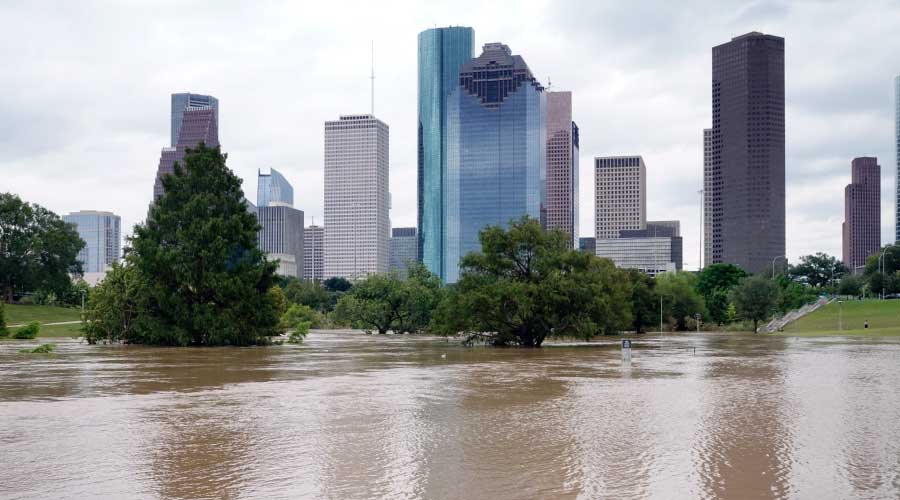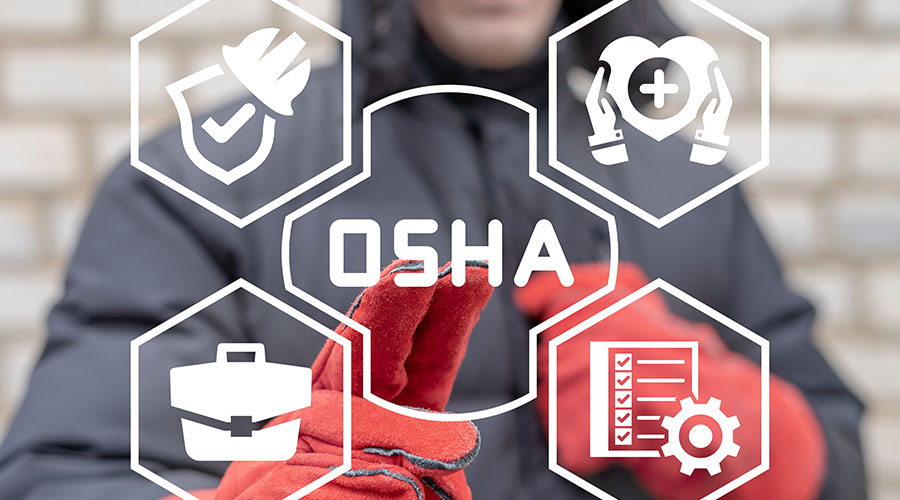Emergency Planning: Steps to Worker Safety
Beyond written programs, maintenance and engineering managers also can consider five ideas that are relatively easy to implement that will better protect front-line technicians, who often serve as second responders in emergencies. These concepts include:
Kick-off meetings. Before any emergency response takes place, managers can organize a kick-off meeting to discuss the scope of work and the hazards present.
Tailgate training. Since emergencies might expose second responders to unusual hazards, a refresher safety training session might be in order.
Provision of supplies. These supplies include PPE, food, water, and sunscreen.
Review of hours worked. Emergency response often requires responders to log long hours, but at some point, the long hours become dangerous. Managers need to track these hours to prevent injuries.
Counselors. In some cases, attempting to restore a facility after an emergency might force responders to deal with personal loss. In other cases, responders will have difficulties dealing with and processing the aftermath of an emergency. Grief counselors play a key role in keeping responders mentally healthy.
David A. Casavant, CFM is executive director of the Workplace Safety Awareness Council and past recipient of the International Facility Management Association's Distinguished Author award for his book, "Emergency Preparedness for Facilities — A Guide to Safety Planning and Business Continuity"
Related Topics:














